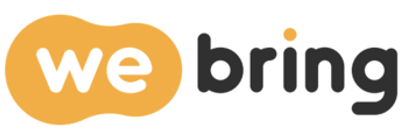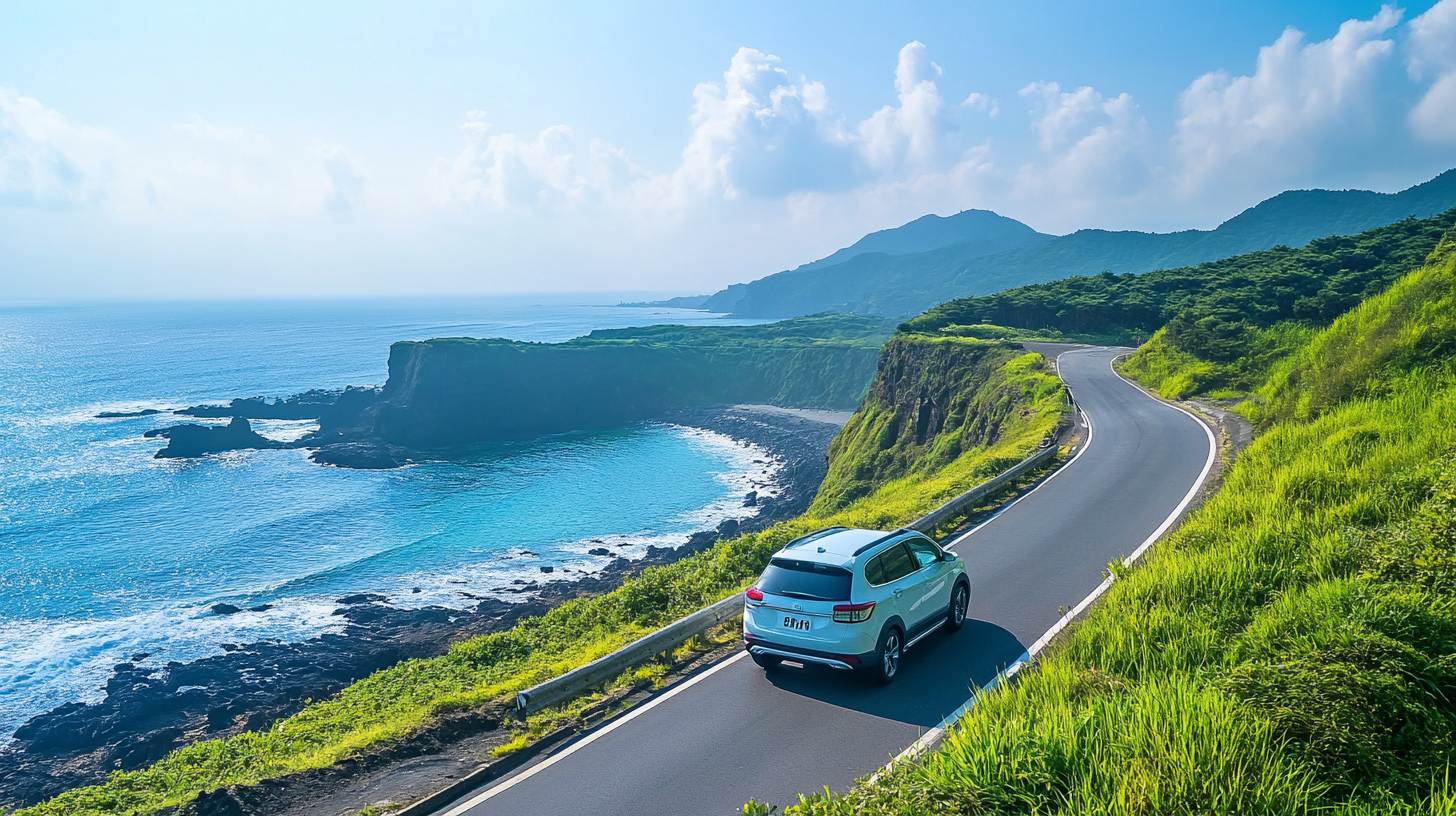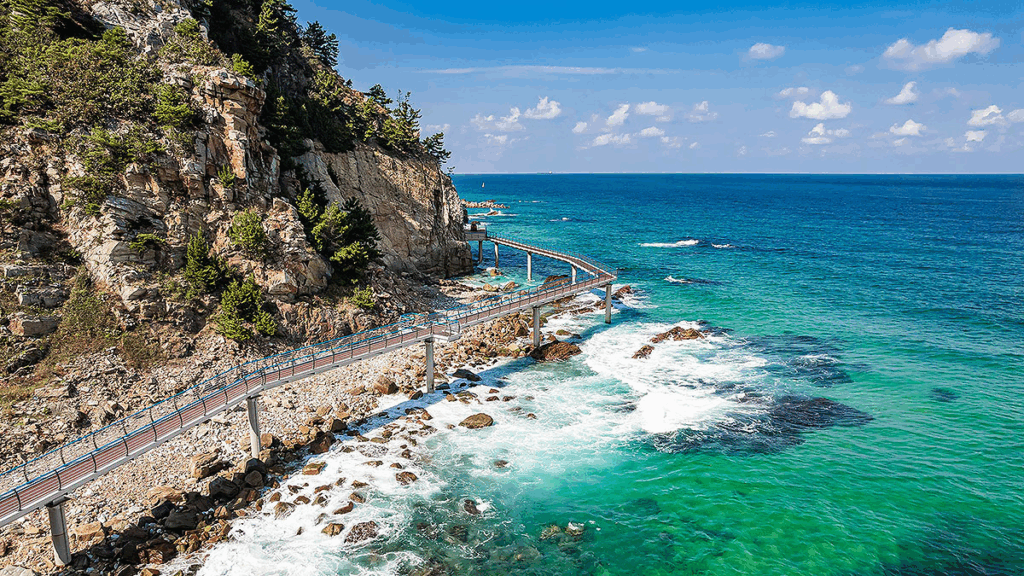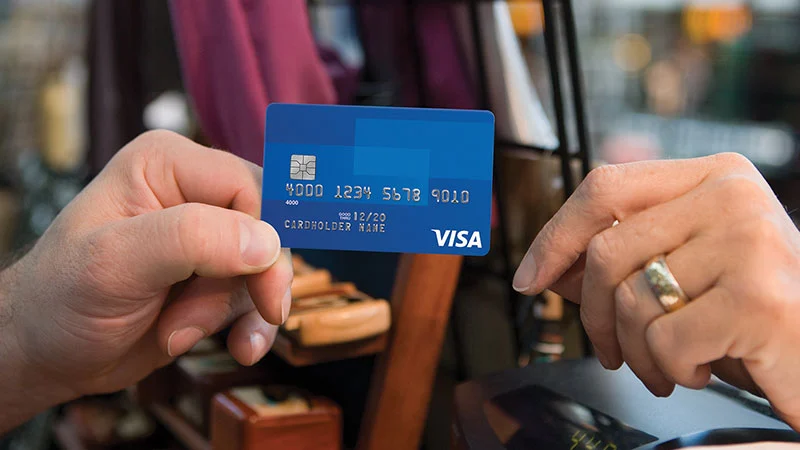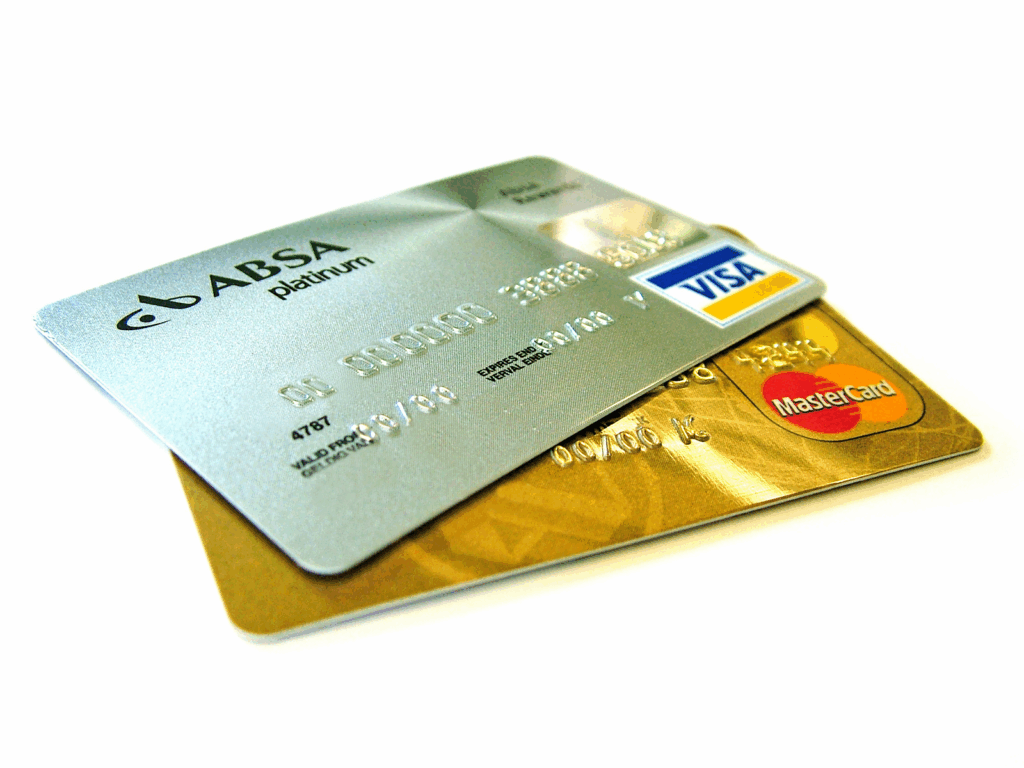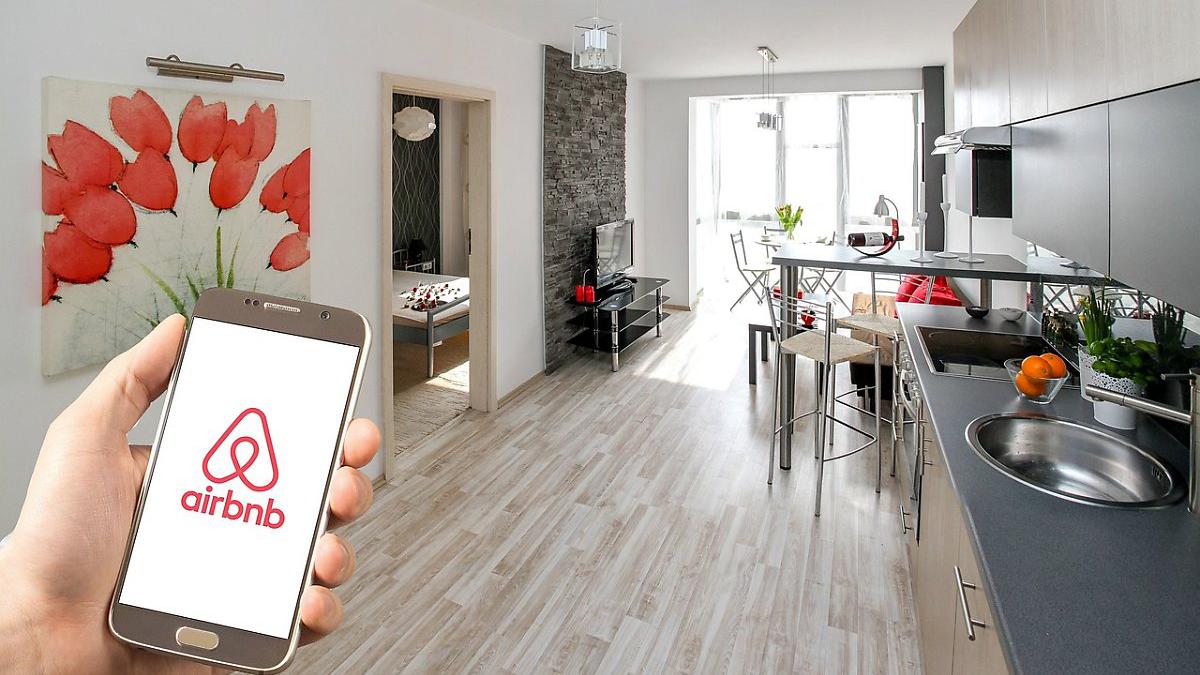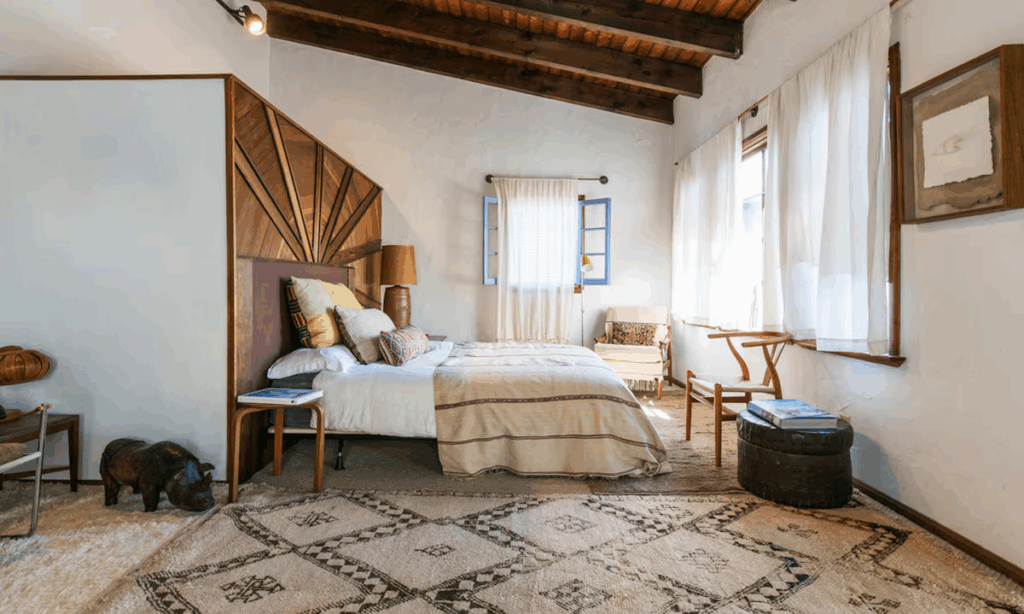When a foreigner first arrives in Korea, the very first hurdle they often encounter is getting from the airport to their accommodation or the city center. Upon landing at major international airports like Incheon or Gimpo, travelers are immediately greeted by sprawling terminals, crowds of people, and a complex network of transportation options. In a familiar country, one might simply hop onto a subway, bus, or taxi without a second thought. However, the initial moments in a completely foreign country naturally come with a mix of anxiety and apprehension — and if you’re traveling with lots of luggage, the hassle only increases.
This is where an “airport pickup service” becomes an incredibly appealing choice for foreigners. By pre-booking a car through a travel agency or dedicated service provider, travelers can have a professional driver waiting for them at a designated meeting point, often holding a sign with their name. Upon arrival, travelers can immediately get into a clean, private vehicle and be transported directly and comfortably to their hotel or destination. In this article, we’ll explore what an airport pickup service entails and why it’s highly favored by international visitors.
Definition and Features of Airport Pickup Services
Customized Travel Based on Advance Reservation
An airport pickup service typically refers to a pre-reserved vehicle waiting to meet the traveler upon arrival. These services are offered by hotels, travel agencies, or specialized providers. By entering flight details and arrival time during booking, real-time flight tracking ensures that even if flights are delayed, schedules are adjusted to minimize unnecessary waiting time. Unlike simply renting a car, airport pickup includes personalized service like greeting the client inside the airport or at a nearby meeting point and assisting with luggage — a major differentiator from general public transportation.
Setting the Tone for the Trip
Imagine completing a pleasant flight only to get lost trying to find transportation at the airport, or wandering around with heavy luggage in search of a bus stop — an exhausting ordeal for anyone. For foreigners arriving for business appointments, exhibitions, or events where time and energy are precious, such inconveniences can be highly disruptive. Using an airport pickup service ensures a smooth transition from the moment of arrival. Simply follow the driver’s guidance, relax in the vehicle, and head directly to your destination, drastically reducing stress and leaving a positive first impression of the trip.

Why Foreign Visitors Prefer Airport Pickup Services
1) Reducing the Burden of Foreign Language and Environment
Language is one of the biggest challenges for foreigners upon arriving in Korea. While large international airports like Incheon provide English signage and announcements, negotiating a taxi fare or navigating bus routes can still be intimidating. Not being familiar with payment systems or transportation cards adds to the confusion. Airport pickup services simplify all of this. You can request language assistance when booking or choose an English-speaking driver, minimizing communication barriers. There’s no need to worry about navigating roads or calculating fares, as the driver already knows the destination.
2) Convenient Travel with Heavy Luggage
Most international travelers arrive with multiple pieces of luggage, including large suitcases. For families, add to that a child’s gear, strollers, and numerous bags, making movement even more challenging. While the airport railroad and limousine buses are convenient transport options, traveling with excessive luggage may make it difficult to even find a seat, and standing amid crowds can be very uncomfortable. Airport pickup services solve this by bringing the vehicle directly to the customer and helping load luggage into the trunk. Options such as vans or large SUVs offer spacious interiors perfect for travelers with lots of baggage or group travelers.
3) Optimal for Immediate Long-Distance Travel
Some foreigners need to travel directly to local cities, resorts, or industrial complexes outside of Seoul immediately after landing. Finding appropriate public transportation in these cases isn’t always easy. Moreover, transferring between trains and intercity buses can require multiple burdensome moves with heavy luggage. Airport pickups enable direct, uninterrupted travel to the final destination, saving valuable time and energy. For business travelers or anyone with tight schedules, the efficiency is unparalleled.
4) Comfortable and Safe Travel Environment
Although the traffic systems around Incheon and Gimpo airports are well-organized, foreigners still face unfamiliar road signs and driving customs. Renting a car and driving yourself is an option, but doing so after a long flight, while unfamiliar with local roads, can be stressful and risky. With an airport pickup service, a professional driver handles everything, allowing the passenger to relax comfortably in the back seat, set up a local SIM card or Wi-Fi device, and enjoy safe travel managed by experienced drivers familiar with Korean roads. Even unexpected traffic becomes less of a hassle.
Key Components and How to Book an Airport Pickup Service
What to Consider When Booking
When reserving an airport pickup, it is important to check a few critical points. First, input the exact arrival time and flight number, and review the policy regarding flight delays. Some providers may charge extra, but many offer free schedule adjustments or waive waiting fees for up to 1–2 hours. It’s also crucial to select a vehicle type based on the number of people and baggage volume. Larger groups may require a minivan or large SUV; smaller cars may not accommodate all the luggage. Checking cancellation policies, tipping practices, and any additional fees like tolls in advance can also avoid surprises later.
The Pickup Process
Typically, the pickup process follows these steps: After disembarking and clearing immigration, the traveler retrieves their luggage and proceeds to a prearranged meeting spot (e.g., arrival hall gate or a designated café). Oftentimes, the driver will be holding a sign with the traveler’s name. Immediately after meeting, the driver assists with moving the luggage to the car, and the trip proceeds straight to the destination. Service language ability varies, so it’s advisable to request a driver who can communicate in your preferred language at booking time. During the ride, you may rest or enjoy provided amenities such as bottled water or light refreshments. Upon arrival, assistance with unloading at the hotel entrance or accommodation finalizes the service.
Added Value Provided by Airport Pickup Services
Peace of Mind Regarding Language and Cultural Differences
First-time travelers or non-fluent speakers inevitably feel tension in unfamiliar environments. Difficulties like conveying an address properly to a non-English-speaking taxi driver can lead to unnecessary stress. Airport pickup services prevent these issues by confirming the destination in advance and standardizing communication methods. Additionally, drivers often act as friendly local guides, offering useful tips and information during the journey.
Personalized Services
For those seeking a more luxurious experience, VIP airport pickup or limousine services are available. These options often involve premium sedans and may include pre-arranged welcome gifts like flower bouquets or beverages. Businesses hosting VIP clients or couples starting their honeymoon trip can customize a special welcome event, creating a truly personalized and memorable experience.
Conclusion: When Convenience and Stability Matter, Airport Pickup Is the Answer
For foreigners, “airport pickup service” is no longer a luxury, but an essential option that offers comfort and security immediately upon landing in a new country. It allows convenient luggage transport, eliminates complicated transportation changes, and reduces stress caused by language or navigation challenges. For those landing at major airports like Incheon or Gimpo, airport pickup services offer a psychological sense of relief from the very start of the trip. Especially when traveling with children, seniors, or in VIP hosting situations, the value of this service becomes even more pronounced. Ultimately, airport pickup services offer steadfast support for making the first steps in an unfamiliar environment safer and more enjoyable.

WeBring Service : Provides personalized services to foreigners living in Korea
Exclusive offer: Introducing foreign car rental in Korea, WeBring-SoCar
